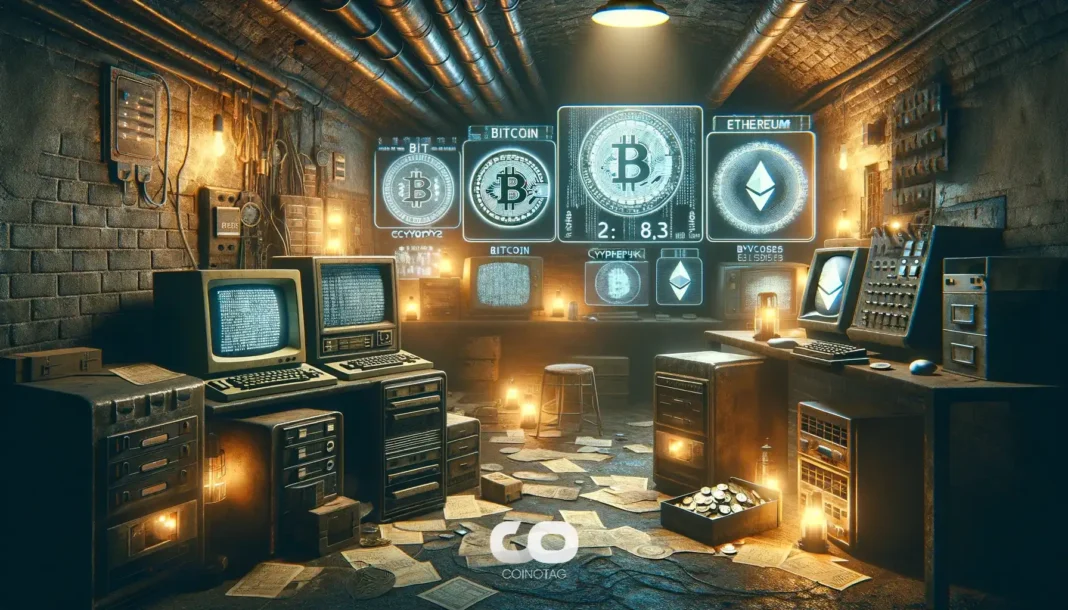-
Mercado Bitcoin, Brazil’s premier bitcoin exchange, is pioneering the tokenization of $200 million in fixed-income and equity assets on the XRP Ledger, signaling a significant milestone in real-world asset (RWA) integration on blockchain.
-
This move aligns with growing institutional interest and forecasts projecting the tokenized RWA market to reach $19 trillion by 2033, underscoring blockchain’s expanding role in traditional finance.
-
According to COINOTAG, John Murillo of B2BROKER emphasizes the importance of investor due diligence, noting that many tokenized assets currently lack shareholder rights and enforceable claims, highlighting regulatory challenges ahead.
Brazil’s Mercado Bitcoin tokenizes $200M in assets on XRP Ledger amid rising institutional interest and regulatory scrutiny in the expanding tokenized real-world asset market.
Mercado Bitcoin’s $200 Million Tokenization on XRP Ledger: A New Chapter for Real-World Assets
In a landmark development for Latin America’s crypto ecosystem, Mercado Bitcoin has initiated the tokenization of $200 million worth of fixed-income and equity assets on the XRP Ledger (XRPL). This initiative represents one of the largest integrations of real-world assets on the XRPL to date, positioning the exchange at the forefront of blockchain innovation in traditional finance. By leveraging the XRPL’s scalable and efficient infrastructure, Mercado Bitcoin aims to provide enhanced liquidity, transparency, and accessibility to asset holders and investors alike.
The project is backed by Ripple, whose support underscores the growing demand for blockchain-native infrastructure capable of handling mainstream financial instruments. This tokenization effort not only democratizes access to previously illiquid assets but also sets a precedent for future collaborations between crypto exchanges and blockchain platforms in emerging markets.
Institutional Momentum and Market Projections for Tokenized Assets
Institutional appetite for asset tokenization continues to intensify, driven by the promise of unlocking trillions in value through blockchain technology. A joint report by Ripple and Boston Consulting Group projects that the market capitalization of tokenized real-world assets could surge to an estimated $19 trillion by 2033. This forecast highlights the transformative potential of tokenization to reshape capital markets by enabling fractional ownership, faster settlement times, and improved transparency.
Financial institutions and decentralized finance (DeFi) platforms are actively exploring tokenization to diversify portfolios and streamline asset management. The convergence of TradFi and DeFi ecosystems is accelerating innovation, with tokenized assets serving as a bridge between conventional finance and blockchain-based solutions.
Regulatory Landscape and Corporate Activity Shaping Tokenization’s Future
The evolving regulatory environment remains a critical factor influencing the trajectory of tokenized assets. Recent corporate moves, such as Ondo Finance’s acquisition of the U.S.-licensed digital securities firm Oasis Pro, demonstrate strategic positioning to navigate compliance complexities and expand market reach. Similarly, Centrifuge’s announcement to tokenize the S&P 500 index signals the increasing ambition to integrate tokenization with established financial benchmarks.
However, regulatory clarity is still lacking, particularly concerning tokenized equities. BlackRock CEO Larry Fink’s calls for clear SEC guidelines reflect industry-wide concerns about investor protections and legal frameworks. Experts caution that many current tokenized offerings do not confer traditional shareholder rights, such as dividends or voting power, which could impact investor confidence and adoption.
Investor Considerations and Due Diligence in Tokenized Asset Markets
John Murillo of B2BROKER highlights the necessity for investors to conduct thorough due diligence when engaging with tokenized assets. The distinction between symbolic exposure and enforceable ownership rights is crucial, as many tokenized instruments may not guarantee dividends or legal claims. This underscores the importance of transparency and regulatory oversight to safeguard investor interests as the market matures.
Market participants are encouraged to evaluate the legal frameworks underpinning tokenized assets and to seek platforms that prioritize compliance and investor protections. As tokenization evolves, these factors will be pivotal in determining the sustainability and growth of the sector.
Conclusion
Mercado Bitcoin’s $200 million tokenization initiative on the XRP Ledger exemplifies the accelerating integration of real-world assets into blockchain ecosystems, driven by institutional demand and technological innovation. While the potential for tokenized assets to revolutionize capital markets is substantial, regulatory clarity and investor protections remain essential to unlocking widespread adoption. As the landscape develops, stakeholders must balance innovation with compliance to ensure the sustainable evolution of tokenized finance.







